Your guide to WooCommerce barcode inventory for manufacturers
WooCommerce barcode inventory helps automate and optimize your business’s inventory management. But which plugin is the best for manufacturers?

This article will help you become a BigCommerce inventory management expert. You’ll learn about BigCommerce inventory features, how to activate tracking, steps to optimize your stock management, and the best native software for managing inventory as a manufacturer.

When someone in the remotest part of the world can access the internet and do their shopping, it highlights the need for businesses to have an e-commerce store.
If you’re a manufacturer looking for a new e-commerce platform, this is the article for you.
Introducing the B to the C — BigCommerce for B2C sales (and other sales types). BigCommerce is a platform that will help you create an online store and manage your finished goods inventory. However, there are some limitations for manufacturers looking for tools to manage their inventory and production.
So without further ado, here’s the ultimate guide for managing your BigCommerce inventory management as a manufacturer.
BigCommerce comes equipped with the necessary tools needed for managing inventory. From inventory tracking to set reorder points. However, the biggest downside for manufacturers is that these features are only available for monitoring finished goods inventory.
Manufacturers need to track raw materials and work-in-progress inventories too.

In recent years, many merchants and manufacturers have drifted to omnichannel selling.
This needs to focus on this method of selling is because, with technological advancements, customers now expect a smooth and convenient buying process, regardless of where they are or how they’re shopping. This means that manufacturers need to keep and maintain additional stock for each new platform introduced into their selling process.
According to Think with Google, research collected found that:
But even though there’s a broad consensus that adopting an omnichannel sales process is essential, according to another study, only 18% of small businesses in the US use inventory management software or systems.
Getting ahead of the curve and the competition could be as simple as adopting an omnichannel sales strategy alongside inventory management tools in your business. This is where BigCommerce inventory management comes in. Don’t let the word big in the name scare you. You can manage your small business with BigCommerce or even a large enterprise.
Its native features give users the tools to integrate their storefronts and manage their inventory, all from BigCommerce.
However, manufacturers who need more functionality to manage production will be glad to know that BigCommerce integrates with manufacturing software.
We’ll look more into manufacturers using BigCommerce later, but for now, it’s important to set up BigCommerce inventory management to:

The good news — setting up inventory management in BigCommerce is straightforward.
The bad news — you can only track finished or sellable goods.
But, at the very least, BigCommerce is built to be as straightforward as possible when setting up your online platform.
In this following chapter, we’ll focus on adding new products and highlighting the most important features for manufacturers selling online. We will simplify the process by only showing the steps to set up inventory tracking to make it easier to understand. However, you’ll quickly see how easy it is to set up your store and products as we go through.
You’ve created your store and are ready to start adding products.
Below you can find a brief video of the process:
To the left of the dashboard, you’ll see a menu. Go ahead and select “Products” to access the inventory screen. Once here, simply go ahead and click “Add”
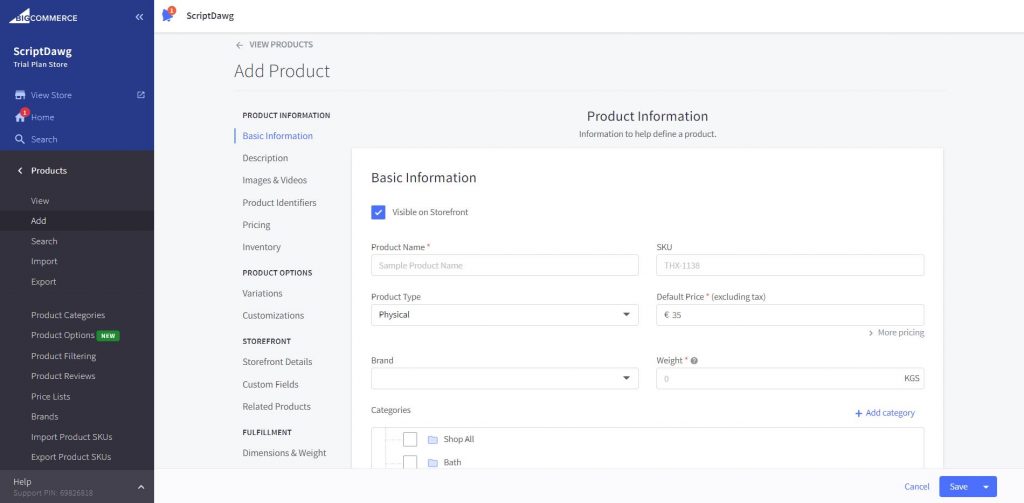
This will take you to the “Add Product” screen. You can now start adding all the relevant information. This information you can update includes:
This is the first step. Once you have finished that, you can either scroll down through the different sections or use the “Product Information” menu on the left to skip to specific sections. Each section is important, and continuing allows you to update:
However, we’re going to focus on the inventory management functionalities of BigCommerce.
So, moving on to “Inventory”
Here you have the option to enable if you wish to start tracking these items at product or variant level — but you’ll need to set up your variants if you want to track at the variant level. Either way, here you can set your current stock levels and low stock levels, aka your reorder points.
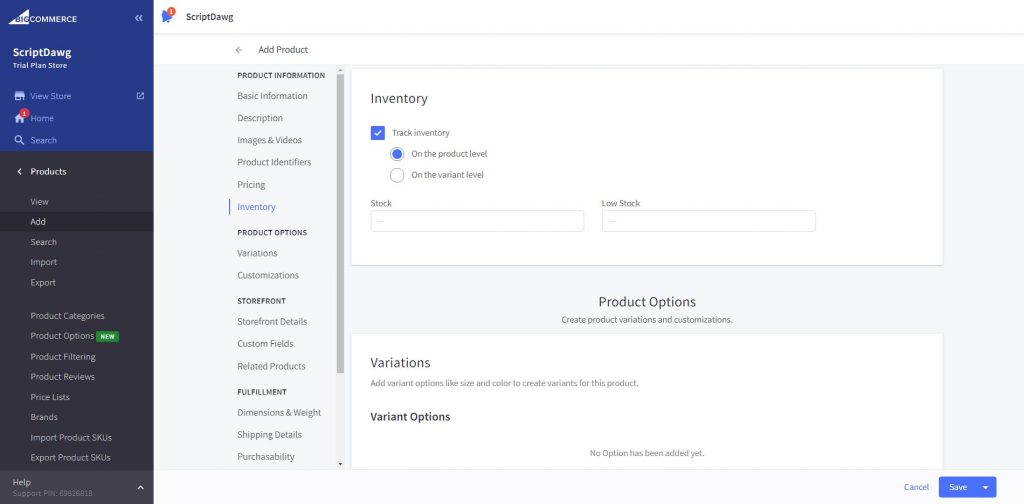
If your product comes in different variants, you can configure them in the next section called “Variations”
Go ahead and click “Add Variant” which will open the configuration page to define your variations. Under “Name” you can select the variation — for example, color. Under “Values” you can determine the different types of that variation — like red, green, and blue.
There is also “Type” which simply means how the variations will appear on your website.
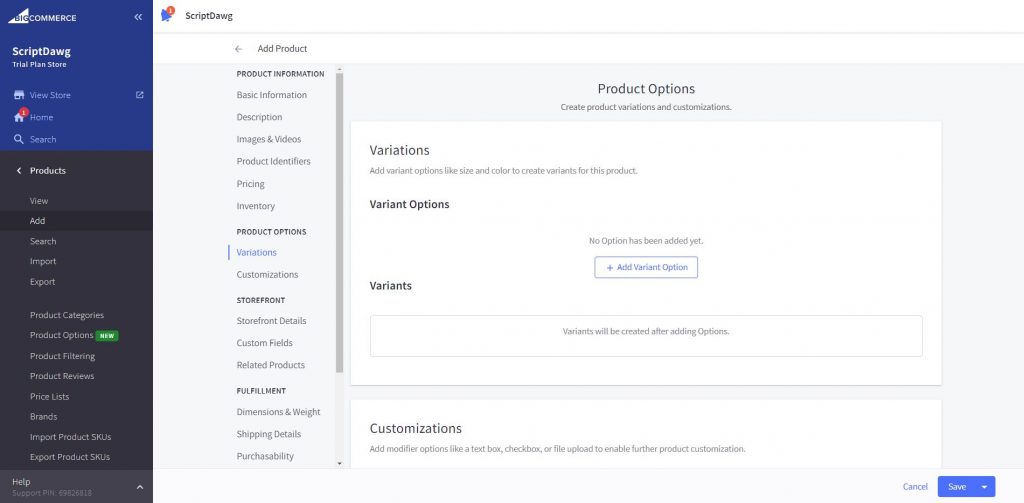
Once you’re finished, back at “Product Options” you’ll find a generated list of all your variations, and you can set individual stock levels, reorder points, and prices for each one.
Finally, there’s “Modifier” which is a fancy way of saying if you provide customizable options for customers, such as custom text printed on a product.
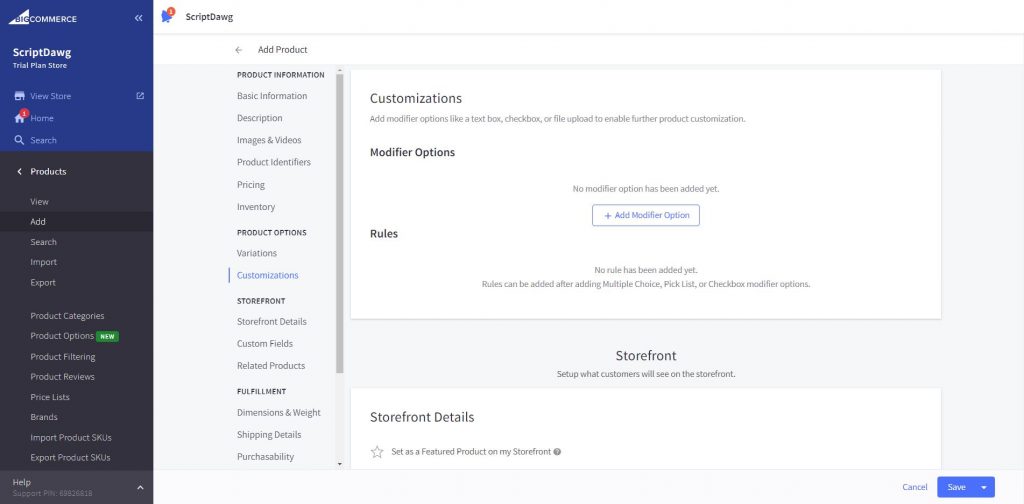
As mentioned, there’s a lot more you’ll need to do when setting up your products, but in a nutshell, that’s how to set up BigCommerce inventory management.
Once you’ve added your products and updated inventory levels, select “Advanced Inventory” to further configure other settings.
You can hide products or redirect customers to a category page if you have stock-outs. Display stock levels beneath displayed products for customers — nothing adds incentive to purchase than reading how little stock is available. And finally, you can set up out-of-stock or low-stock notifications to be sent to a preferred email address.
Now you know how to add your products and set up inventory tracking on your BigCommerce account. Next is understanding how to perfect your control. You can use the following steps to get started.
Demand forecasting, sometimes called demand planning, analyzes previous sales to determine future selling trends.
This will help you optimize stock levels by saving resources and avoid accumulating slow-moving inventory. This will, in turn, increase profits by only producing the products you’ll sell. By doing your demand planning accurately, you can predict future revenue and get total control over your inventory.
Creating bundles or inventory kitting is an excellent tactic for removing dead stock, managing deals, and organizing inventory.
However, as you’ll be more than likely selling the same products individually and in bundles, it’s essential to have a means of accurately tracking inventory counts across all iterations of the product. The worst thing that can happen is running out of inventory but still having bundles available. Not properly tracking bundles will lead to order cancellations and harm your reputation with customers.
Want to learn how to track bundles? Read our article Kitting out your online store with product bundles of joy and start driving more sales to your BigCommerce store.
The 80/20 rule can be applied to every aspect of life and business. Understanding this will help you identify the 20% of your products that account for most of your sales and better target new visitors to your store with these products. Taking this approach will improve your site’s customer satisfaction and user experience.
Pro tip: Be sure to read the article, What is the 80/20 inventory management rule to see how and where you can apply it in your business.
Product lifecycle management (PLM) is the process of understanding how to handle products as they move through different stages of a product’s life:
Once you have focused on the previous points, now is the time to make your life and customers’ lives easier with automation.
For example, building or finding tools that can automate your inventory management will speed up the process and reduce the potential of making mistakes. Automating different functions in your workflow will free up resources and help better understand real-time inventory movements. What’s great about BigCommerce is its integration with many different tools to synchronize information traveling between manufacturing, sales, and accounting, like QuickBooks Online.
Following on from the last point, connecting your different tools to make a centralized point of truth to monitor your entire business.
This level of control over your business is important, especially for manufacturers, as they need to plan production, manage different types of inventories, and other important aspects of running a business. Better still, you can integrate BigCommerce to your other sales channels to implement an omnichannel selling approach into your sales strategy.
Pro tip: Read our article, Embrace manufacturing process automation in your business, to see all the benefits of automating your workflow.
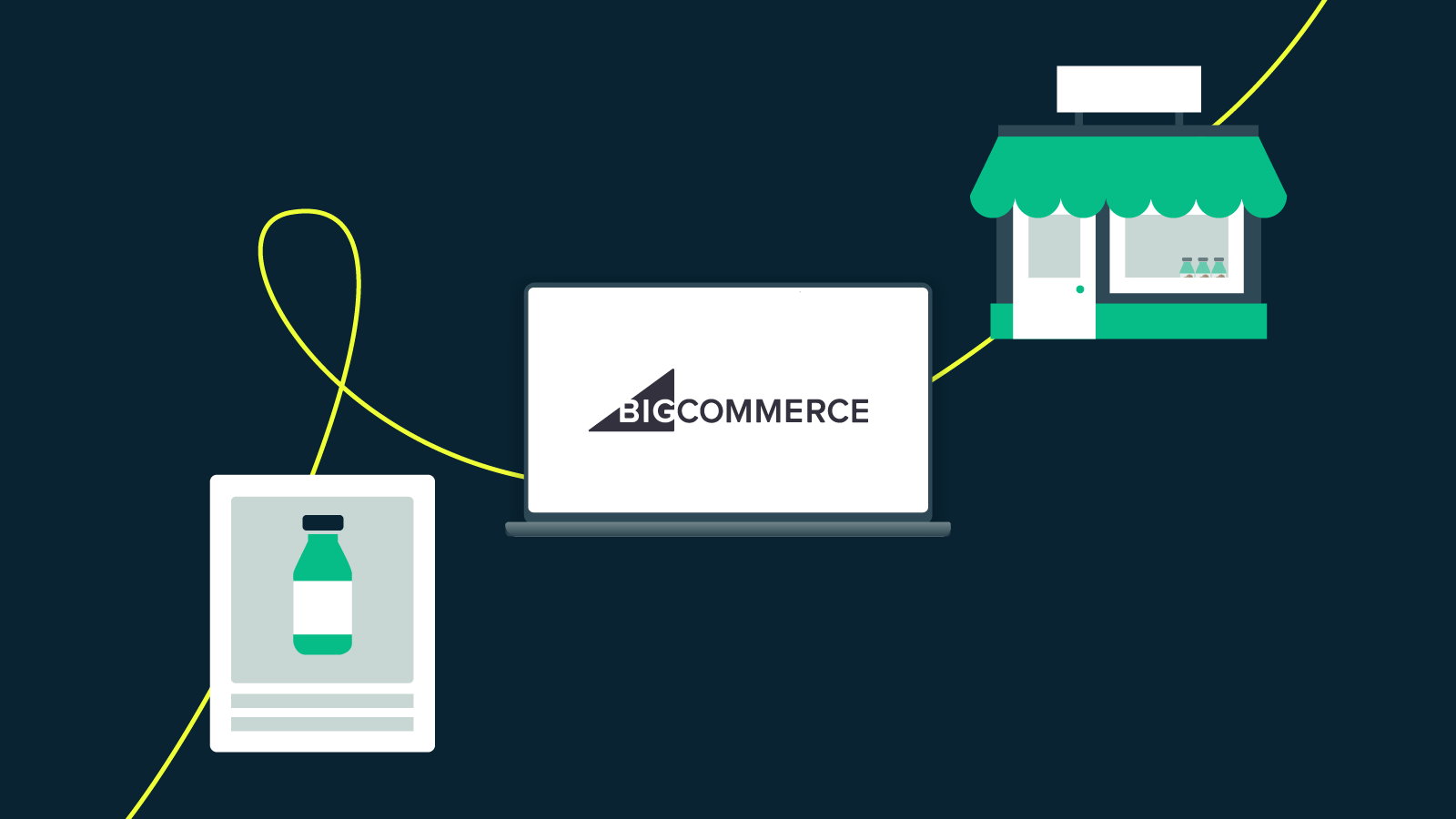
Many manufacturers turn to BigCommerce inventory management integrations to help them stay keep up with inventory movements. Here are 7 of the best BigCommerce inventory integrations to get you started on this journey to finding your solution.
Price: Starts at $99.00 per month
Free trial: 14-days
Katana is the ultimate BigCommerce inventory management solution for manufacturers. It gives users a real-time overview of their entire workflow, from managing deliveries and tracking items along production lines to customers — never lose track of your inventory again.
Katana also comes equipped with:
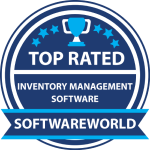
Price: Quotation
Free trial: Free demo
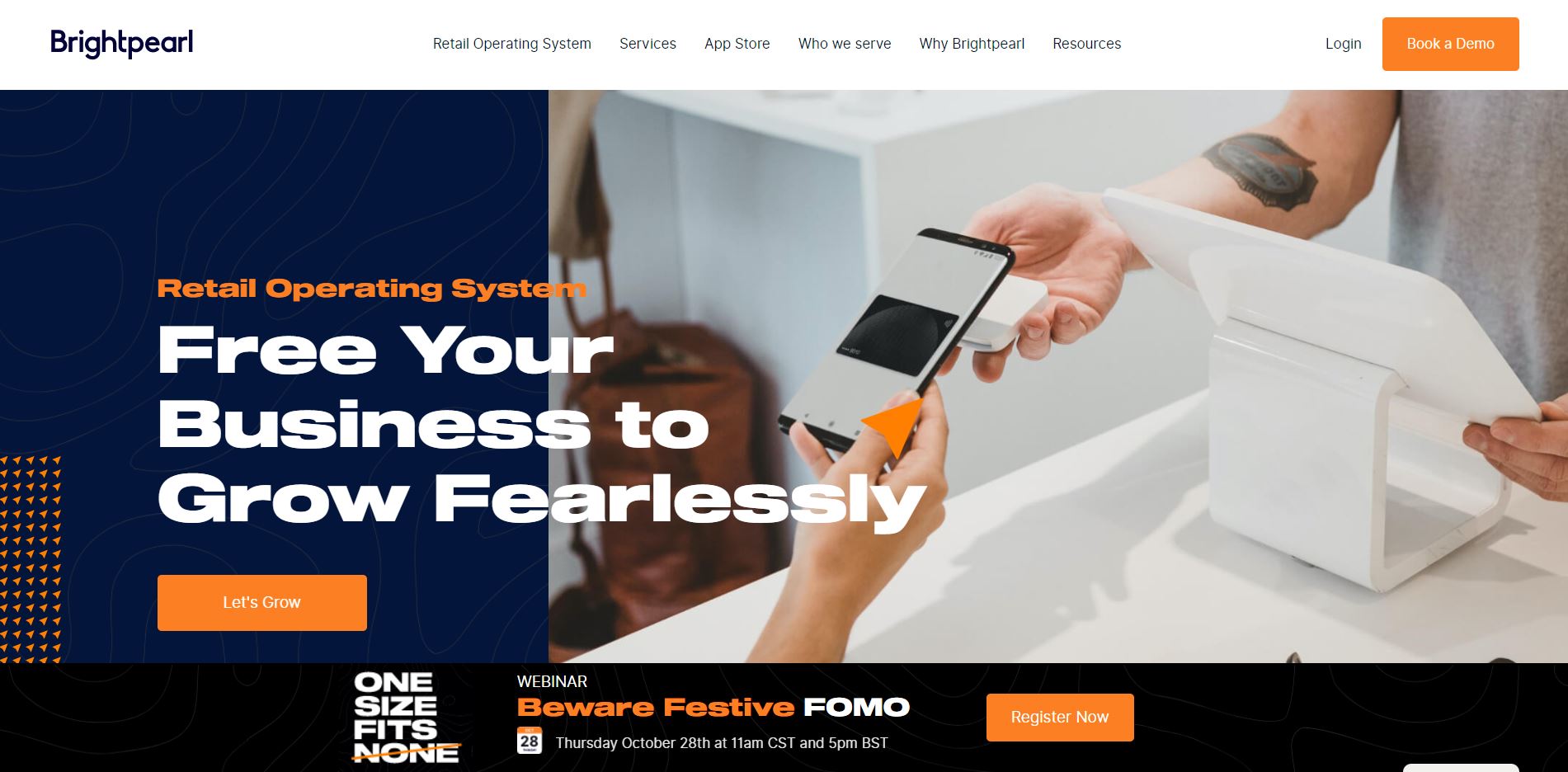
All-in-one order and BigCommerce inventory management solution, Brightpearl — built to support retail operations.
Price: Contact for pricing
Free trial: Free 30-minute demo
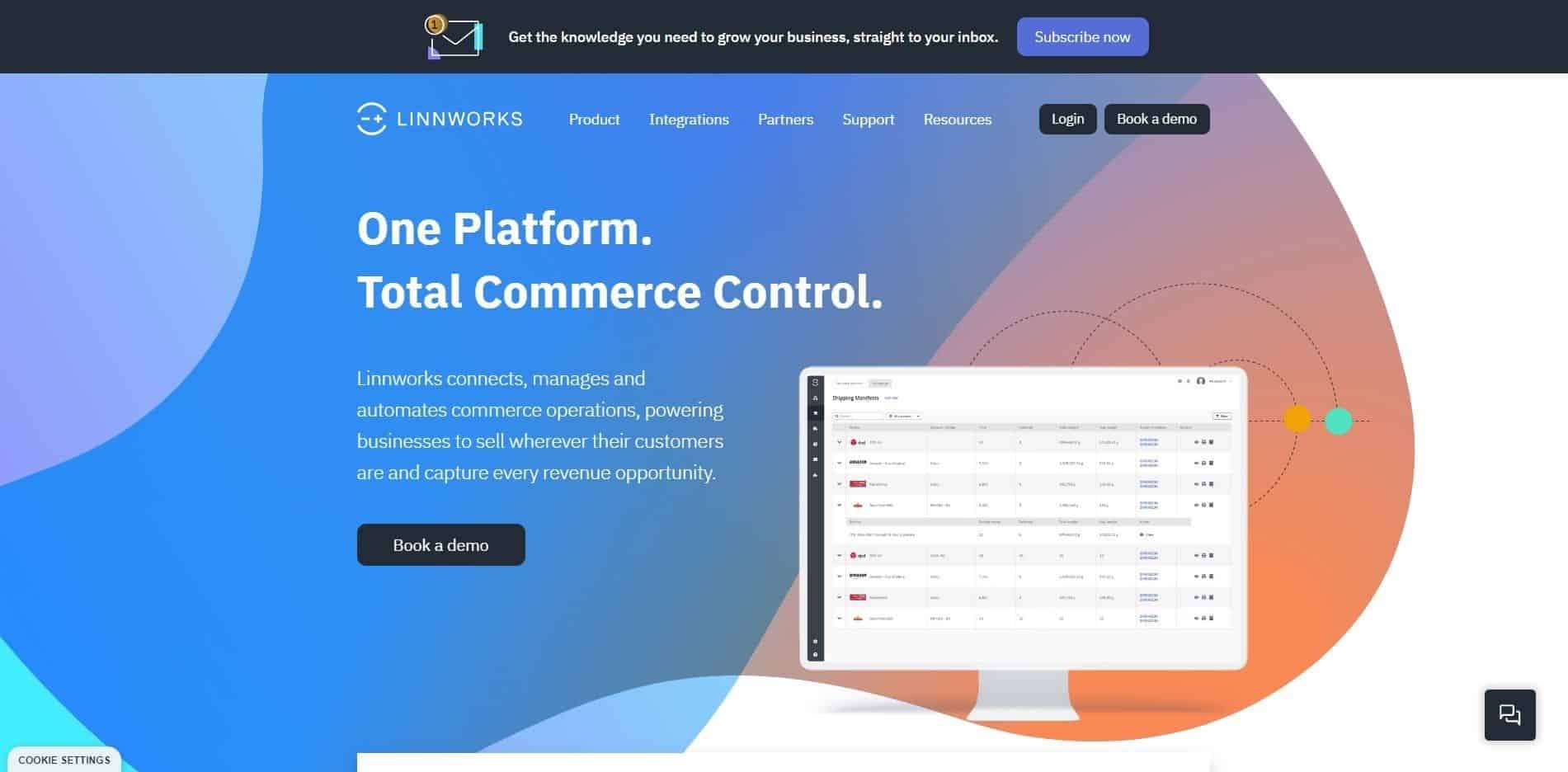
Inventory management software BigCommerce Linnworks, a cloud-based solution, provides users with tools for multichannel selling.
Pro tip: Are you a BigCommerce manufacturer needing more oomph from your software? Many turn to BigCommerce order management software integrations to help them take their sales, production, and accounting to the next level.
Price: Starting at $12 per month
Free trial: 30-day free trial
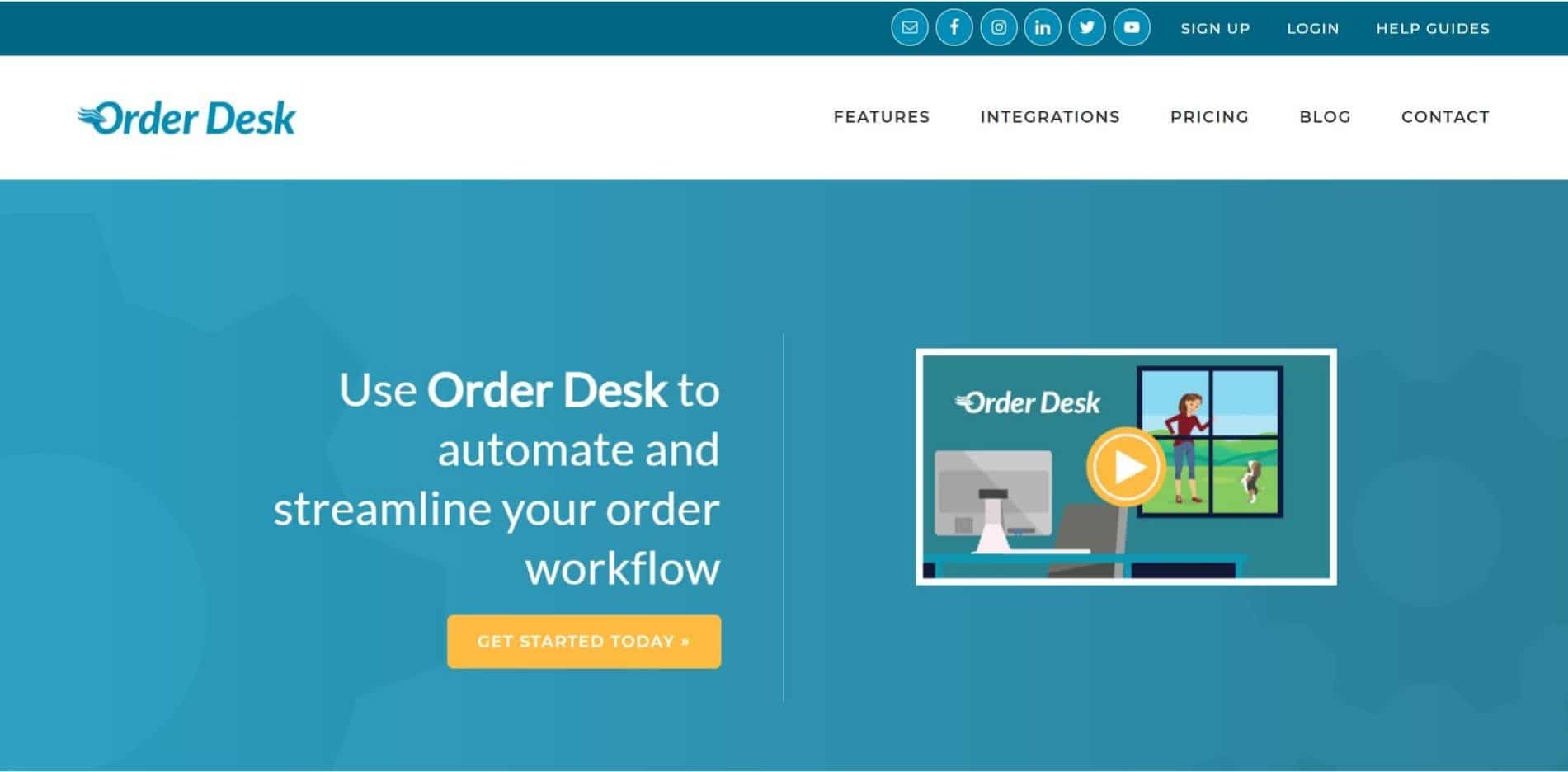
Software for BigCommerce inventory tracking with Order Desk is one of the cheapest options that allow you to pick, choose, and pay for the features you need.
Price: Starting at $1,000 per month
Free trial: No, but a demo is available

BigCommerce inventory management software Extensiv is a multi-sales channel and warehouse cloud-based solution.
Price: starting at $2,500 per month
Free trial: Personalized demo
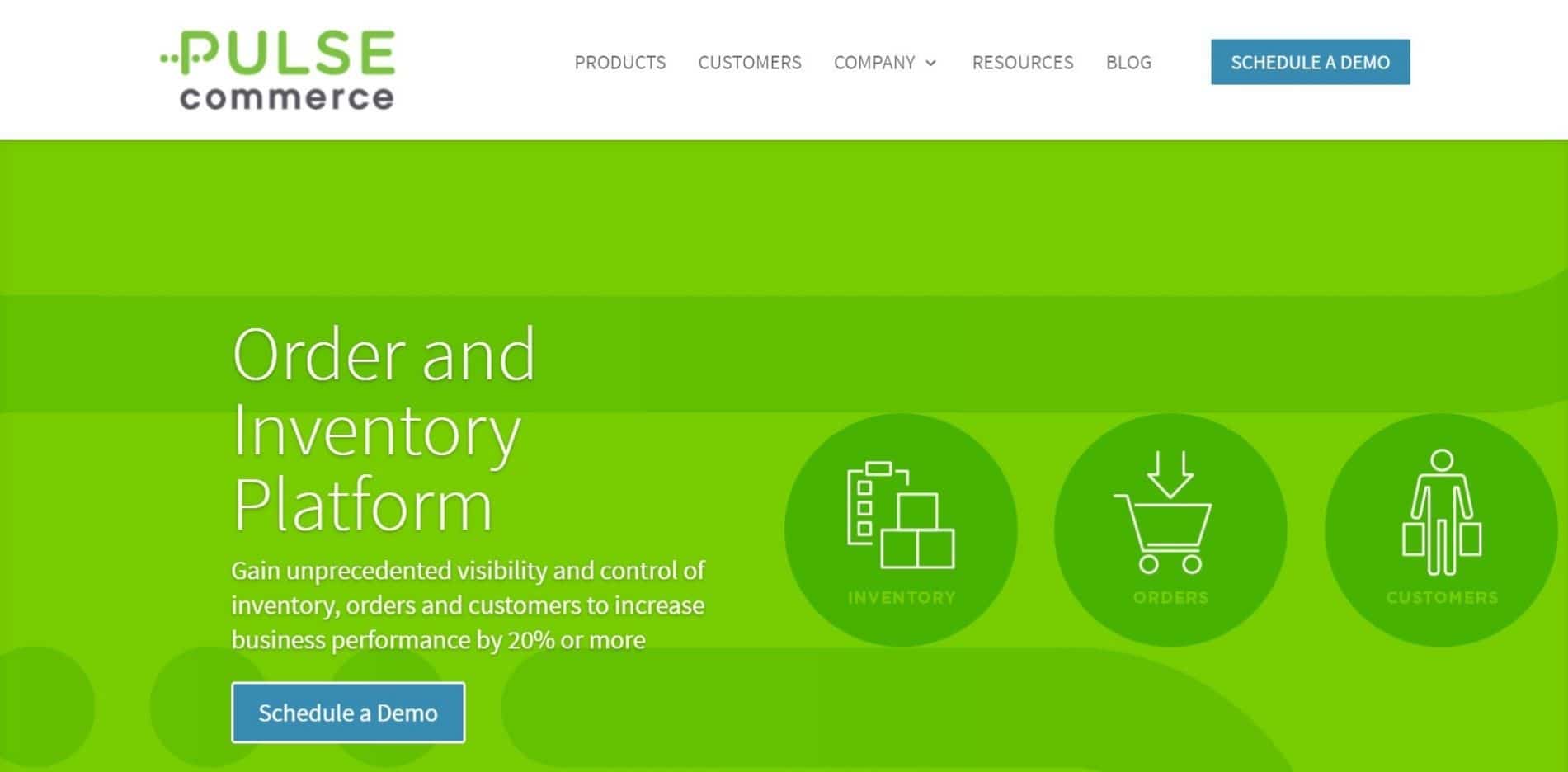
BigCommerce inventory management Pulse Commerce is a cloud-based order and inventory platform.
Price: Starting at $499.00 per month
Free trial: No free trial
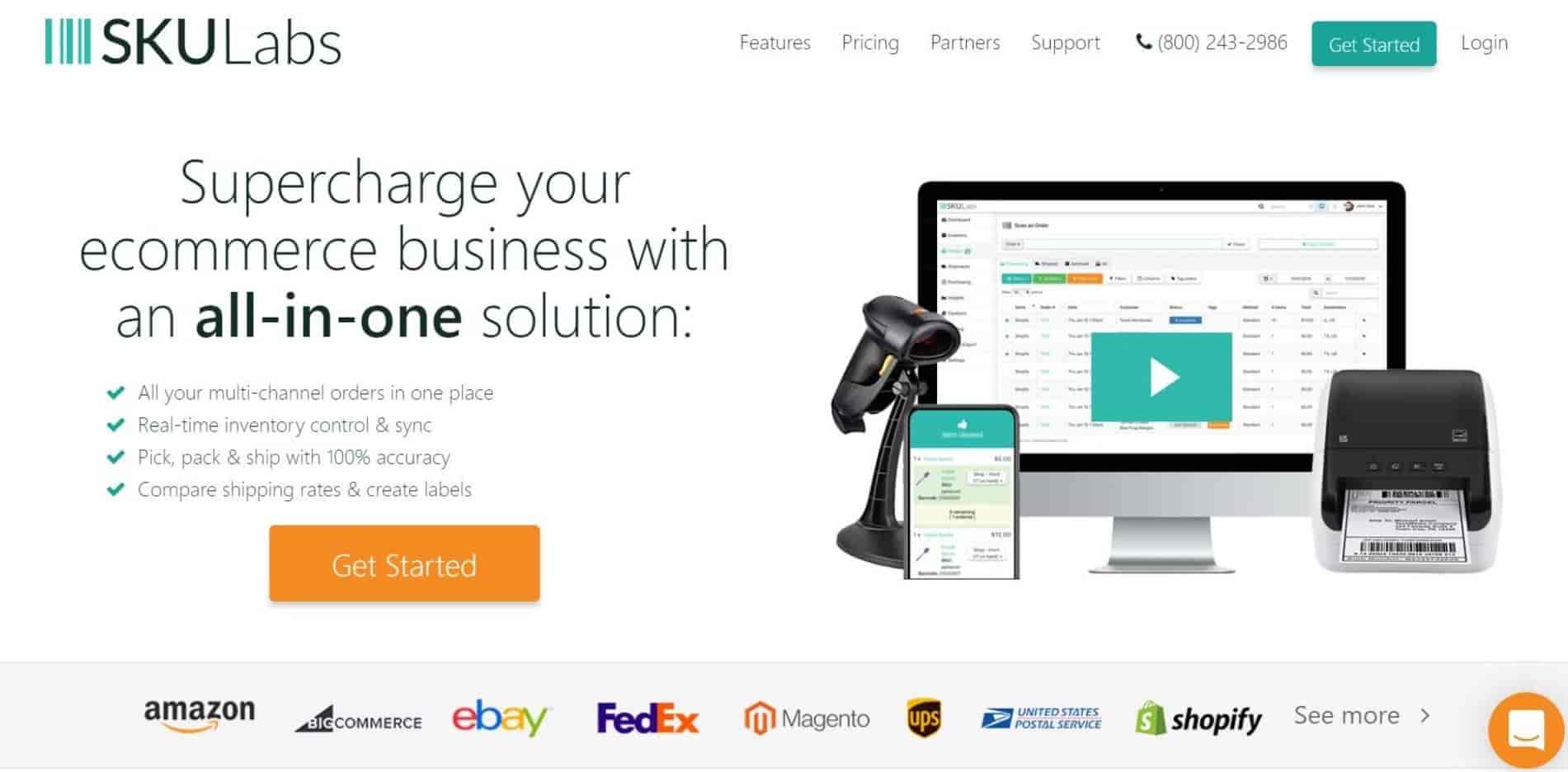
Last and not least of the BigCommerce inventory management solutions — SKULabs helps users manage their orders, shipments, and inventory all from the cloud.
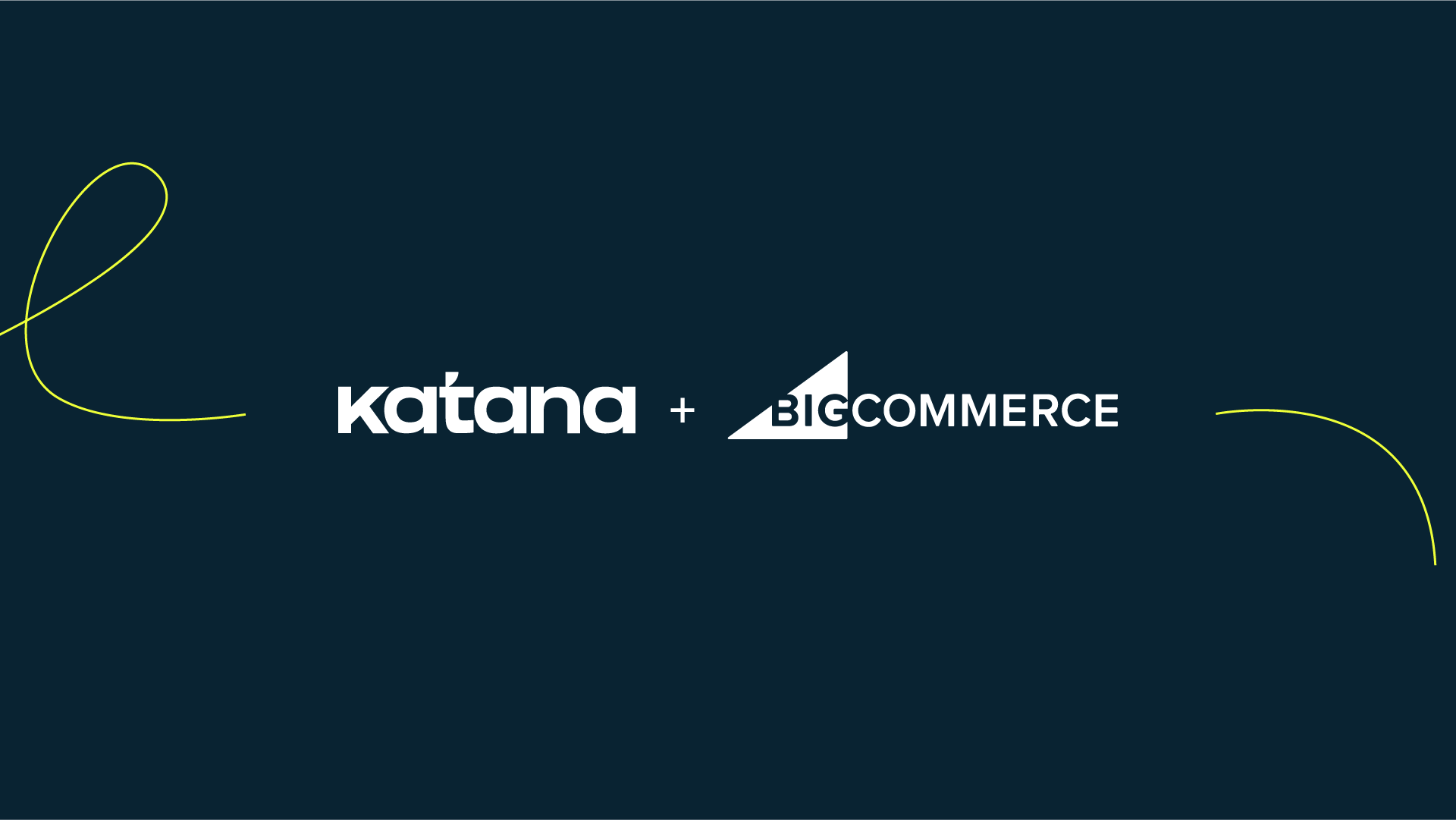
As mentioned throughout the article, BigCommerce is great if you’re looking to get started or upgrade your e-commerce sales fulfillment.
But, manufacturers need a little more oomph with the inventory management features as tracking different inventory types is essential — possibly even a legal requirement for perishable inventory industries. That’s why many BigCommerce manufacturers turn to third-party integrations to manage their sales and manufacturing side-by-side. So, with so many tools to help you achieve this, where do you even begin to look?
Introducing Katana + BigCommerce integration.
Katana gives thousands of manufacturers a live look at their business with visual, intuitive, easy-to-use manufacturing software.
The Katana integration with BigCommerce simplifies your order fulfillment, inventory management, and manufacturing control in just a matter of minutes, saving you hundreds of hours of manual work in the long run. Connect BigCommerce + Katana with ease by importing products, customers, and sales orders information to Katana. Then, any future orders generated in BigCommerce will automatically appear in Katana too.
Any new information (for example, products, customer details, or sales orders) created in BigCommerce is automatically generated in Katana, giving you a centralized point to manage your entire workflow process, from manufacturing to sales.
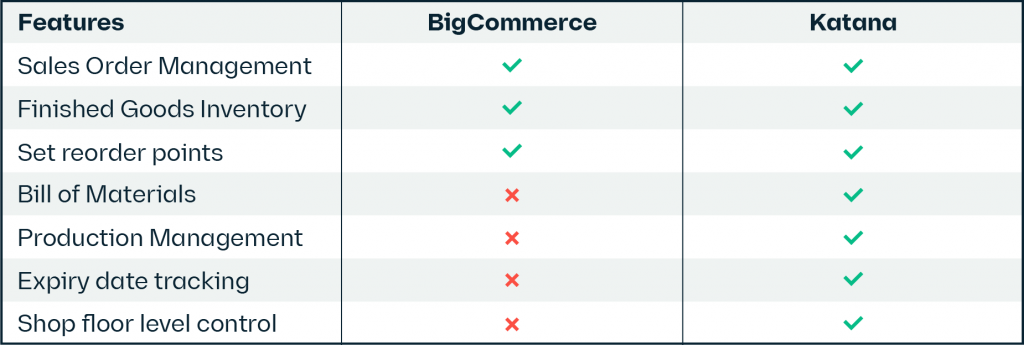
Optimize your BigCommerce inventory management.
Centralize your entire workflow from sales to manufacturing and supply chain management. Book a demo and see Katana in action.
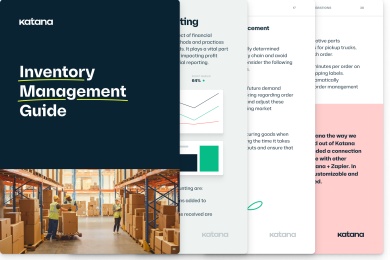
And there you have it — Now you know how to set up the inventory tracking features in BigCommerce.
The next step is to harmonize your sales and manufacturing processes, too. Katana Cloud Manufacturing is a BigCommerce ERP integration that empowers e-commerce merchants to take control of their manufacturing, inventory, and sales.
Log in to your Katana account, select settings, and integrate your BigCommerce to see how easy it is to optimize your entire business. If you don’t yet have an account and want to see how Katana can streamline your BigCommerce inventory management, request a demo today.
And until next time, happy manufacturing.